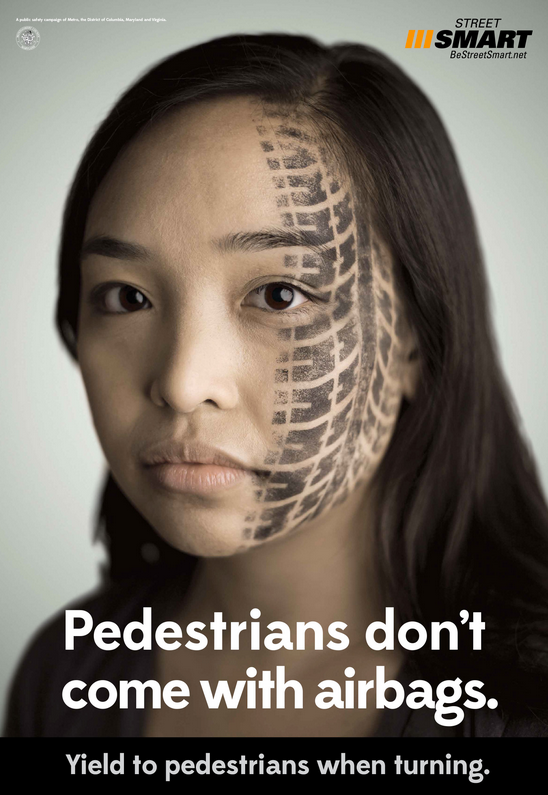Imagine a city where people on the ground can safely coexist with machines moving above. Pedestrians and bicyclists will thrive and travelers will speed non-stop to their destinations twice as fast as cars, buses and street cars inching their way from stoplight to stoplight.

Recently I was invited to watch a TED Talk by a passionate social reformer. She spoke first about "changing and controlling the narrative."
I propose a new narrative for transportation planning: Streets are the Commons.
Searching for some local indicators of passionate concern for protecting children on streets, I came across this recent article which reminded me of the process of education that was contrived when cars first invaded cities a century ago.* Here we are in the 21st century with incredible technology at our fingertips and urban transportation officials are still designing policies which ignore the laws of physics** and instead depend upon clever advertising to educate thoughtless drivers, to compensate for their inability to design a transportation system that is intrinsically safe:

Will “Little Nudges” Slow Drivers Down to New NYC Speed Limit? "... an ambitious campaign to reduce the city’s 4,000 annual pedestrian injuries and 250 deaths through citywide strategies that include stricter enforcement and safer design... “It really emphasizes the vulnerability of the human body to vehicles,” Williams says. When the firm tested their concept on focus groups, she says, drivers showed a marked change.
This method has left street users in harm's way for a century. Instead of depending on educating fallible drivers, imagine educating engineers to design a transportation system with attention to the law of conservation of momentum** — a system that separates two-ton machines in motion from people on the ground where they rightfully belong, maybe something like this:

A roller coaster above people at Gröna Lund in Stockholm
Imagine a city where people on the ground can safely coexist with machines moving above. Pedestrians and bicyclists will thrive and travelers will speed non-stop to their destinations twice as fast as cars, buses and street cars inching their way from stoplight to stoplight.
* See Fighting Traffic: The Dawn of the Motor Age in the American City (Inside Technology) by Peter D. Norton
"Before the advent of the automobile, users of city streets were diverse and included children at play and pedestrians at large. By 1930, most streets were primarily a motor thoroughfares where children did not belong and where pedestrians were condemned as "jaywalkers." In Fighting Traffic, Peter Norton argues that to accommodate automobiles, the American city required not only a physical change but also a social one: before the city could be reconstructed for the sake of motorists, its streets had to be socially reconstructed as places where motorists belonged. It was not an evolution, he writes, but a bloody and sometimes violent revolution. Norton describes how street users struggled to define and redefine what streets were for. He examines developments in the crucial transitional years from the 1910s to the 1930s, uncovering a broad anti-automobile campaign that reviled motorists as "road hogs" or "speed demons" and cars as "juggernauts" or "death cars." He considers the perspectives of all users--pedestrians, police (who had to become "traffic cops"), street railways, downtown businesses, traffic engineers (who often saw cars as the problem, not the solution), and automobile promoters. He finds that pedestrians and parents campaigned in moral terms, fighting for "justice." Cities and downtown businesses tried to regulate traffic in the name of "efficiency." Automotive interest groups, meanwhile, legitimized their claim to the streets by invoking "freedom" -- a rhetorical stance of particular power in the United States. Fighting Traffic offers a new look at both the origins of the automotive city in America and how social groups shape technological change."
** The amount of momentum object 1 gains from a collision is the same as the amount of momentum object 2 loses. The total momentum remains the same.


Comments